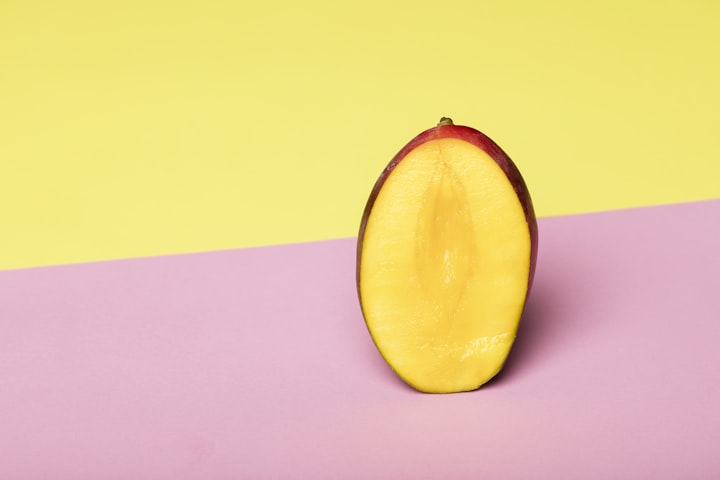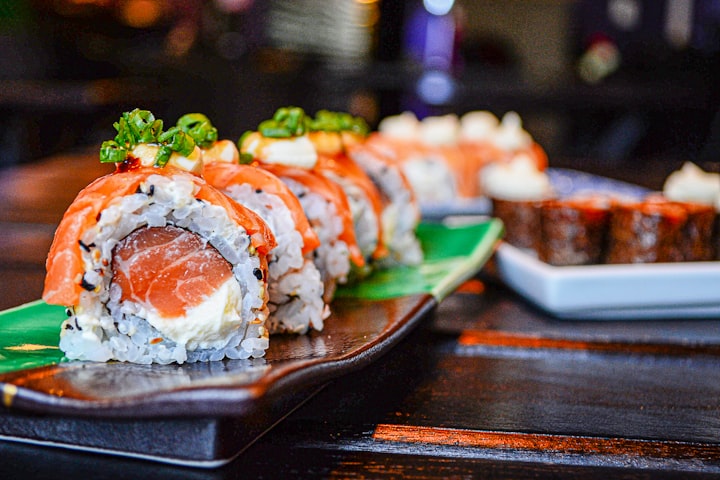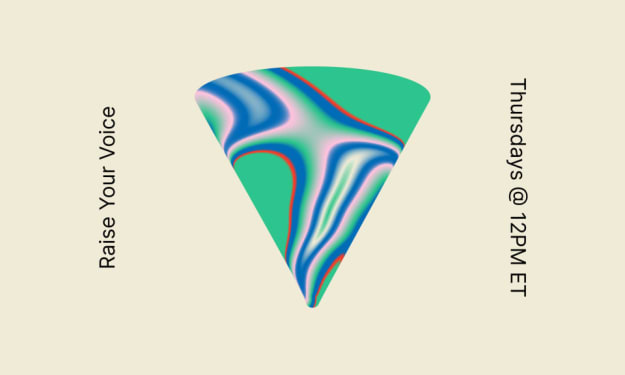
Mango
Mango is a stone natural product delivered from various types of tropical trees having a place with the blossoming plant family Mangifera, developed for the most part for their eatable natural product. The greater part of these species is found in nature as wild mangoes. The variety has a place with the cashew family Anacardiaceae. Mangoes are local to South Asia, from where the "normal mango" or "Indian mango", Mangifera indica, has been disseminated worldwide to get quite possibly the most broadly developed organic products in the jungles. Other Mangifera species become on a more restricted basis. Worldwide, there are a few hundred cultivars of mango. Contingent upon the cultivar, mango organic product changes in size, shape, pleasantness, skin tone, and substance shading which might be light yellow, gold, or orange. Mango is the public product of India and Pakistan, and the public tree of Bangladesh.
Albeit the six assortments referenced above address the most usually accessible mango assortments in the US market, there are others that you can discover also. With many assortments the prospects are unending!
Alphonse - This Indian assortment is a gentle tasting mango with firm tissue that can go in skin tone from purple to yellow, and is elongated fit as a fiddle.
Edward - This without fiber sweet and tart enhanced mango can go in shading from pink to yellow and is round or elongated fit as a fiddle.
Kesar - This Indian assortment is a sans fiber sweet mango that can shift in shading from green to yellow with a round shape.
Manila - This without fiber sweet mango can go in shading from orange to yellow to pink, and has a limited shape
Palmer - This gentle enhanced, firm tissue mango goes from purple to red to yellow, and is an elliptical fit as a fiddle.
Nutrients:
Mango is low in calories however brimming with supplements.
One cup (165 grams) of cut mango gives.
Protein: 1.4 gram
Carbs: 24.7 gram
Fat: 0.6 gram
Dietary fiber: 2.6 gram
Nutrient C: 67% of the Reference Daily Intake (RDI
Copper: 20% of the RD
Folate: 18% of the RD
Nutrient B6: 11.6% of the RD
Nutrient A: 10% of the RD
Nutrient E: 9.7% of the RD
Nutrient B5: 6.5% of the RD
Nutrient K: 6% of the RD
Niacin: 7% of the RD
Potassium: 6% of the RD
Riboflavin: 5% of the RD
Manganese: 4.5% of the RD
Thiamine: 4% of the RD
Magnesium: 4% of the RD
Mango tree:
Mangifera indica, generally known as mango, is a type of blooming plant in the sumac and toxic substance ivy family Anacardiaceae. It is local to the Indian subcontinent where it is native. Many developed assortments have been acquainted with other warm districts of the world.
History:
Mangoes began in India more than 4,000 years prior and are viewed as a sacrosanct organic product. Mangoes spread step by step all through Asia and afterward to the remainder of the world. Because of a mango's huge focus seed, the organic product depended on people to ship them across the world.
Hereditary examination and correlation of present-day mangoes with Paleocene mango leaf fossils found close to Damalgiri, Meghalaya shows that the focal point of source of the mango family was in the Indian subcontinent preceding joining of the Indian and Asian mainland plates, about 60 million years prior. Mangoes were developed in India potentially as ahead of schedule as 2000 BCE. Mango was brought to East Asia around 400–500 BCE, was accessible by the fourteenth century on the Swahili Coast and was acquired in the fifteenth century to the Philippines, and in the sixteenth century to Brazil by Portuguese travelers.
Mango is referenced by Hendrik van Rheede, the Dutch leader of the Malabar locale in his 1678 book, Hortus Malabaricus, about plants having monetary value. When mangoes were first imported to the American states in the seventeenth century, they must be salted as a result of the absence of refrigeration. Different natural products were likewise salted and came to be designated "mangoes", particularly chime peppers, and in the eighteenth century, "mango" turned into an action word signifying "to pickle".
The mango is viewed as a developmental chronological error, whereby seed dispersal was once refined by a now-wiped out transformative forager, for example, megafauna well-evolved creature.





Comments
There are no comments for this story
Be the first to respond and start the conversation.